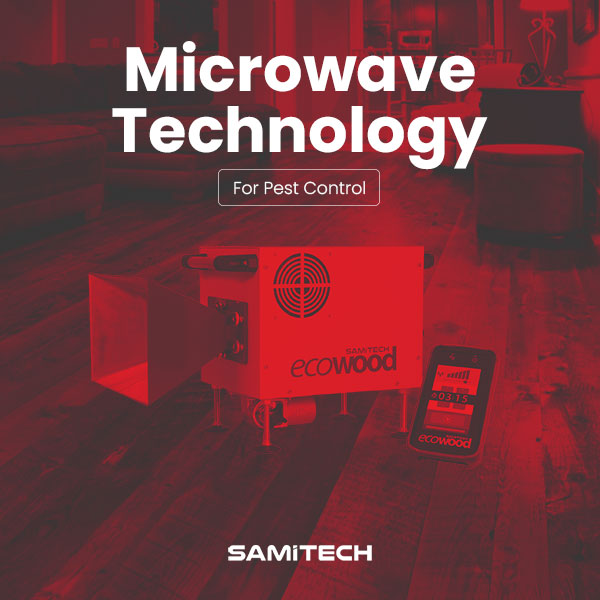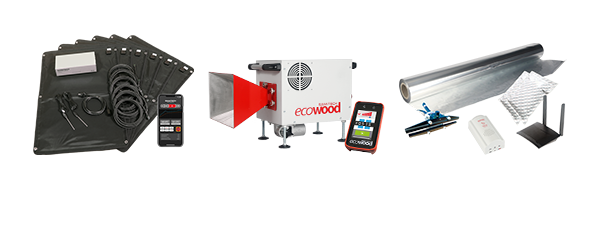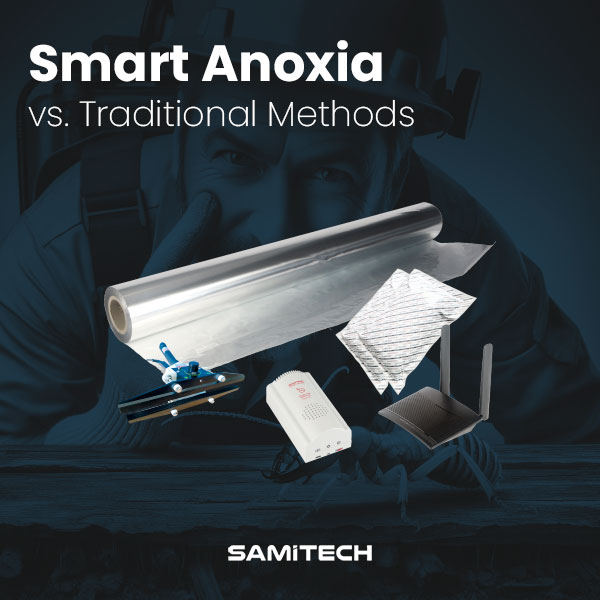How does Microwave technology work?
Microwaves, those energy waves that heat our food in a matter of seconds, are playing an increasingly crucial role in a different field: pest control. In this article, dive into the fascinating world of microwave technology and discover how these energy waves are being used to keep pests at bay in a precise and effective manner.
Microwave Technology Work in Pest Control
Microwave Generation: It all begins with the generation of microwaves. In the context of pest control, specialized generators are used to produce low-frequency microwaves. These waves are carefully selected to specifically affect pests, minimizing any impact on humans, pets, or the surrounding environment.
Penetration into Nests and Hideouts: One of the unique features of microwaves is their ability to penetrate different materials, including wood, plastic, and other substrates. In pest control, this property is crucial. Microwaves can infiltrate nests, burrows, or hiding places of pests, reaching areas that might otherwise be challenging to treat.
Selective Action: Unlike some conventional pest control methods that may indiscriminately affect various organisms, microwave technology acts selectively. Pests, having a different biological composition, more efficiently absorb microwaves, resulting in internal heating that can be lethal to them. This allows for precise control without negatively affecting non-target organisms.
Disruption of the Life Cycle: Microwaves not only eliminate existing pests but can also disrupt their life cycle. By targeting the most vulnerable stages, such as eggs and larvae, more effective and long-term control can be achieved. This ability to interfere with the development of pests adds a preventive element to the treatment.
Advantages of Microwave Technology in Pest Control:
Precision and Effectiveness: Precision in the application of microwaves allows for highly effective control of specific pests without negatively impacting other species or the surrounding environment.
Reduction of Toxic Residues: Unlike chemical-based methods, microwave technology leaves no toxic residues. This contributes to environmental sustainability by avoiding soil and water pollution.
Lower Pesticide Resistance: Since microwaves act differently than chemical pesticides, there is less risk of pests developing resistance to this method, providing a more durable solution.
Versatility in Applications: Microwave technology is versatile and can be adapted to different environments, from agriculture to urban spaces, offering a flexible solution for pest control.
A Safer and Sustainable Future
Microwave technology has not only transformed how we heat our food but is also leaving its mark on sustainable pest management. With its ability to provide precise and effective control without compromising human health or the environment, microwave technology is paving the way toward a safer and more sustainable future in pest control. So, the next time you wonder about the hum of a microwave generator, remember that it might be silently working to keep pests at bay and provide you with a healthier environment.
Our Solution:
Visit: Ecowood





